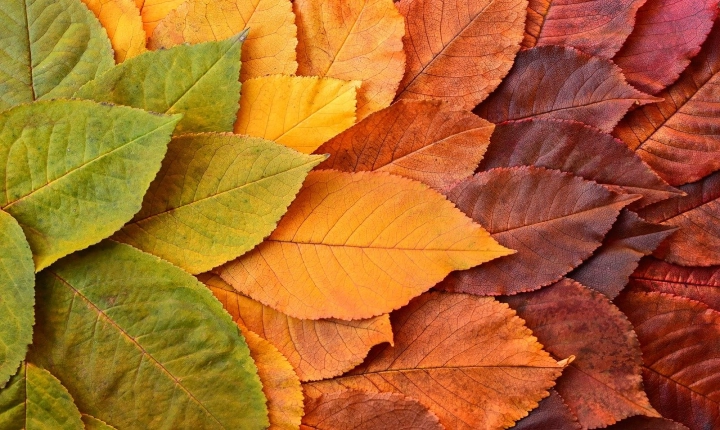Title: How to Make Digital Art with AI: Exploring the Creative Possibilities
In recent years, the integration of artificial intelligence (AI) into the art world has sparked a new wave of creativity and innovation. The emergence of AI-powered tools and software has opened up a world of possibilities for artists, allowing them to explore new mediums and techniques to create captivating digital art. In this article, we will explore the exciting realm of making digital art with AI and how artists can harness this technology to enhance their creative process.
AI-powered tools such as neural networks and machine learning algorithms have revolutionized the way artists approach digital art creation. These tools are capable of analyzing vast amounts of data and learning complex patterns, which can be leveraged to assist artists in generating and manipulating digital visuals. Whether it’s generating abstract compositions, mimicking artistic styles, or creating interactive installations, AI has proven to be a valuable asset for artists seeking to push the boundaries of digital art.
One of the most compelling applications of AI in digital art is the ability to generate art pieces using generative adversarial networks (GANs). GANs consist of two neural networks – a generator and a discriminator – that work in tandem to produce art that is indistinguishable from human-created pieces. Artists can input specific parameters and preferences into the GAN model, allowing them to explore different visual styles, color schemes, and compositions that align with their artistic vision.
Additionally, AI-powered tools offer artists the opportunity to experiment with style transfer techniques, where the characteristics of one image or art style can be applied to another. By utilizing deep learning algorithms, artists can seamlessly blend different artistic styles or overlay visual elements to create unique digital compositions. This approach enables artists to re-imagine traditional art forms and transform them into dynamic, digital masterpieces.
Moreover, AI can empower artists to streamline their workflow and uncover new avenues for creativity. For instance, AI-powered software can automate certain repetitive tasks, such as image processing or pattern recognition, allowing artists to focus on the conceptual and expressive aspects of their work. This enables artists to iterate more quickly, explore diverse artistic approaches, and innovate in ways that were previously unattainable.
Furthermore, the integration of AI into digital art has paved the way for interactive and immersive experiences, such as augmented reality (AR) and virtual reality (VR) installations. Artists can leverage AI algorithms to create responsive and adaptive art that interacts with its environment or audience, blurring the boundaries between the digital and physical realms. This fusion of AI and digital art has the potential to transcend traditional artistic mediums and enchant viewers with captivating, multi-sensory experiences.
In conclusion, the marriage of AI and digital art represents a paradigm shift in the way artists conceptualize, create, and experience art. AI-powered tools offer boundless opportunities for artists to explore new visual languages, experiment with innovative techniques, and produce engaging and thought-provoking digital art. As AI continues to advance, it will undoubtedly expand the possibilities for artists, challenging them to redefine creativity in the digital age.
From generating surreal landscapes to reimagining classic art styles, the fusion of AI and digital art promises to shape the future of artistic expression, unlocking a world of creative possibilities for artists to explore and transform. As artists continue to embrace the potential of AI in their practice, we can anticipate a renaissance of digital art that pushes the boundaries of imagination and reinvents the artistic landscape as we know it.
